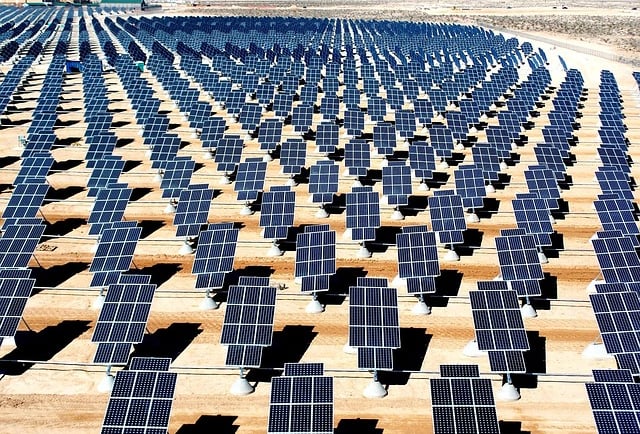How AI and Big Data Are Optimizing Renewable Energy Grids in 2025
Discover how artificial intelligence and big data are transforming renewable energy grids in 2025. Learn about smart grid technology, predictive analytics, and sustainability benefits.
AIRENEWABLE ENERGY
7/19/20252 min read


1. Predictive Maintenance
AI algorithms analyze sensor data from turbines, solar panels, and transformers to predict failures before they happen.
This reduces downtime, extends equipment life, and cuts maintenance costs.
2. Demand Forecasting
Machine learning models forecast energy demand based on weather, time of day, and historical usage patterns.
Utilities can better match supply with demand, reducing waste and blackouts.
3. Grid Optimization
AI dynamically adjusts energy flow across the grid to prevent overloads and bottlenecks.
It can reroute power in milliseconds during outages or peak demand.
4. Energy Trading and Pricing
AI helps utilities and prosumers (producer-consumers) make smarter decisions in energy markets.
Algorithms optimize when to buy, sell, or store energy based on real-time prices.
The Role of Big Data in Renewable Energy
Big data is the fuel that powers AI. With millions of data points generated every second—from smart meters, weather stations, IoT devices, and more—utilities can gain unprecedented insights into grid performance and user behavior.
Key Applications:
Real-time monitoring of energy production and consumption
Performance analytics for solar and wind farms
Customer usage patterns to tailor energy-saving programs
Grid health diagnostics to detect inefficiencies or anomalies.
Benefits for Sustainability
AI and big data aren’t just making grids smarter—they’re making them greener.
Reduced carbon emissions: By optimizing energy flow and reducing reliance on fossil fuel backups.
Better integration of renewables: AI smooths out the variability of solar and wind by forecasting and balancing loads.
Empowered consumers: Smart meters and apps give users real-time feedback to reduce their energy footprint.
Real-World Examples
Google DeepMind reduced energy usage in its data centers by 40% using AI-powered cooling systems.
National Grid ESO (UK) uses AI to forecast wind and solar output with 90%+ accuracy.
Tesla’s Autobidder platform uses AI to manage energy storage and trading in real time.
Challenges to Watch
Data privacy and cybersecurity: More data means more risk—robust protections are essential.
Interoperability: Integrating legacy systems with new tech can be complex.
Regulatory hurdles: Policies must evolve to support AI-driven energy systems.
Final Thoughts: The Grid Is Getting Smarter—And So Should We
AI and big data are no longer optional—they’re essential tools for building a resilient, efficient, and sustainable energy future. As renewable energy adoption accelerates, these technologies will ensure that our grids can keep up with the pace of change.
Want to stay ahead in the energy revolution? Subscribe to our newsletter for the latest insights on smart grids, clean tech, and sustainable innovation.
